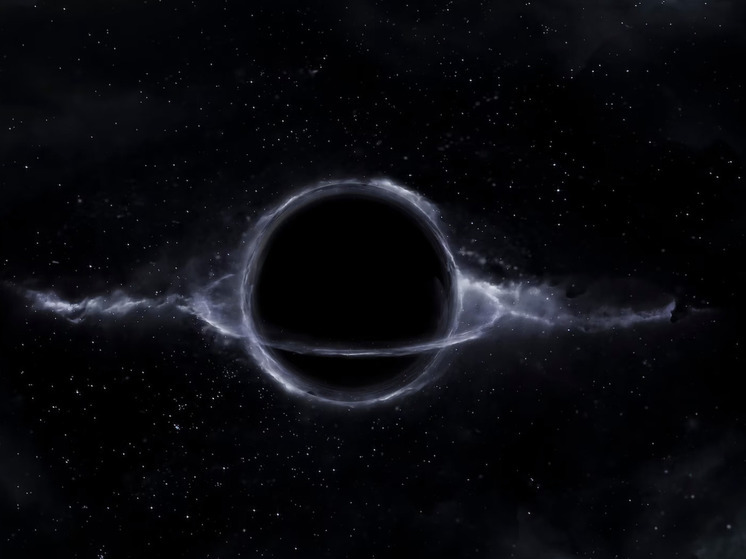Supermassive black hole in the most distant galaxy surprised scientists
[ad_1]

The supermassive black hole at the heart of an ancient galaxy turned out to be “much larger than expected,” scientists are surprised. The discovery of galaxy GS-9209, one of the most distant from the Milky Way, adds to the evidence that large black holes prevent star formation, astronomers say.
Astronomers say a supermassive black hole discovered in the heart of an ancient galaxy is five times larger than expected in terms of the number of stars it contains.
Researchers have discovered a huge black hole in a galaxy known as GS-9209, which is 25 billion light-years from Earth, making it one of the most distant ever observed and recorded.
A team from the University of Edinburgh used the James Webb Space Telescope (JWST) to observe the galaxy and uncover new details about its composition and history.
Dr. Adam Carnall, who led the study, said the telescope – the most powerful ever built – showed how galaxies got “bigger and sooner” than astronomers expected during the universe’s first billion years.
“This work gives us our first truly detailed look at the properties of these early galaxies, detailing the history of GS-9209, which managed to form as many stars as our own Milky Way in just 800 million years after the big bang,” explained scientist.
Dr. Carnall says the “very massive black hole” at the center of GS-9209 was a “big surprise” that gave weight to the theory that such huge black holes are responsible for the cessation of star formation in early galaxies.
“The evidence we’re seeing for a supermassive black hole was really unexpected,” Carnall said. “This is a detail we would never have been able to see without the James Webb Space Telescope.”
Galaxy GS-9209 was discovered in 2004 by Karina Kaputi, a former graduate student at the University of Edinburgh who is currently a professor of observational cosmology at the University of Groningen in the Netherlands.
Although GS-9209 has about the same number of stars as our home galaxy, with a total mass of 40 billion suns, it is only one-tenth the size of the Milky Way. According to the researchers, this is the earliest known example of a galaxy where stars have stopped forming.
Supermassive black holes can stop star formation because their growth releases huge amounts of high-energy radiation that can heat up galaxies and force gas out of them. Galaxies need huge clouds of gas and dust to collapse under their own gravity, thereby creating new stars, writes The Guardian.
“The fact that [черная дыра] so massive means it must have been very active in the past, getting a lot of gas that would have been extremely bright, like a quasar,” Dr. Carnall said. “All this energy erupting from the black hole at the center of the galaxy would seriously destroy the entire galaxy, stopping gas from collapsing to form new stars.”
More information is published in the scientific journal Nature.
[ad_2]
Source link








